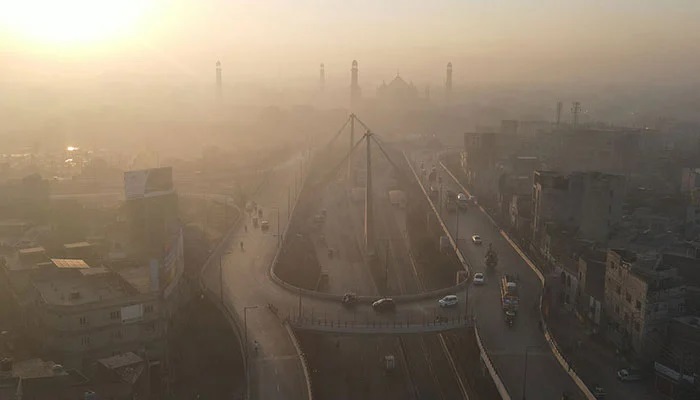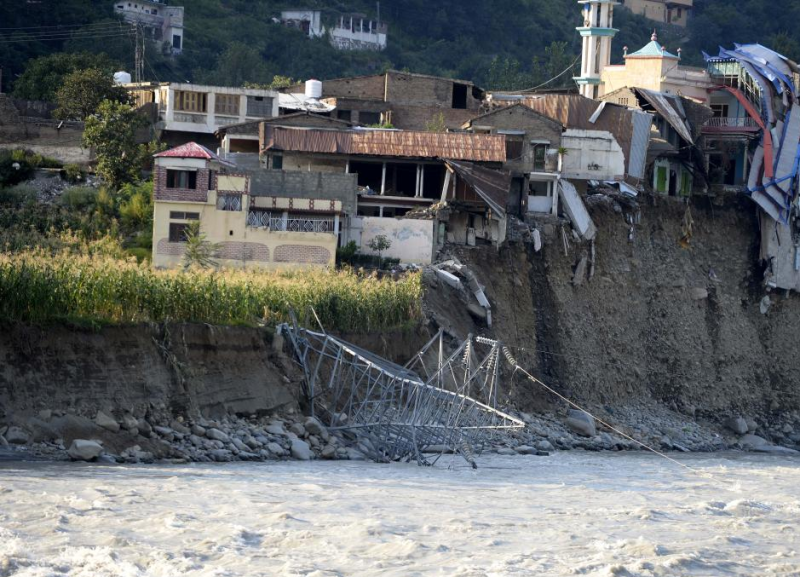
Researchers have found that lockdowns initiated to curb the spread of Covid-19 at the beginning of the pandemic improved air quality, averting tens of thousands of deaths in regions where air pollution has a significant impact on mortality.
The study, published in the journal The Lancet Planetary Health, found that particulate matter concentrations in China dropped by an unprecedented 29.7 percent, and by 17.1 percent in parts of Europe, during lockdowns.
“This unique, real-world experiment shows us that strong improvements in severely polluted areas are achievable even in the short term, if strong measures are implemented,” said study author Paola Crippa from the University of Notre Dame in the US.

Particulate matter (PM2.5) — tiny airborne particles smaller than 1/10,000 of an inch in diameter — comes from various combustion-related sources including industrial emissions, transportation, wildfires and chemical reactions of pollutants in the atmosphere.
The research team integrated advanced computer simulations with measured particulate matter concentrations from more than 2,500 sites in Europe and China between January 1, 2016, to June 30, 2020.
It included the period (January 2020-June 2020) during which both regions initiated lockdowns due to the Covid-19 pandemic.
From February to March, the study found that an estimated 24,200 premature deaths associated with particulate matter were averted throughout China compared to 3,309 reported Covid-19 fatalities.
“Improvements in air quality were widespread across China because of extended lockdown measures,” the authors wrote.
The study found the situation in Europe to be quite different.
While Covid-19 related deaths were far higher in Europe compared to what was reported in China, an estimated 2,190 deaths were still avoided during the lockdown period when compared to averages between 2016 and 2019.

The averted fatalities figures become much larger (up to 287,000 in China and 29,500 in Europe) when considering long-term effects, which will depend on the future pathway of economic recovery.
“In China, we saw that lockdowns implied very significant reductions in PM2.5 concentrations, which means that policies targeting industrial and traffic emissions might be very effective in the future,” Crippa said.
“In Europe those reductions were somewhat smaller but there was still a significant effect, suggesting that other factors might be considered to shape an effective mitigation strategy,” Crippa noted.









